Sept. 10, 2019
Prelims Pointers
Sept. 10, 2019
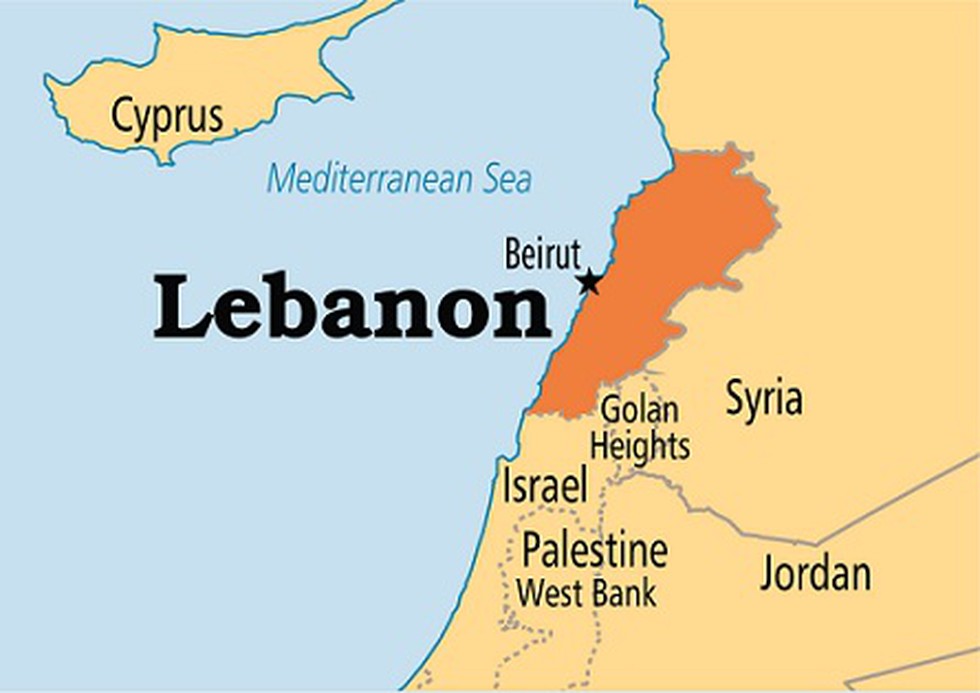
About:
- Hezbollah is Lebanon’s most powerful Shia movement.
- Hezbollah has three ministers in government and is represented in the Lebanese parliament. It has a strongly-armed wing, with its forces fighting in Syria in support of President Bashar al-Assad's troops.
- Israel considers Hezbollah as the most potent military threat on its border. Hezbollah and Israel fought a month-long war in 2006. The border between the two countries, which remain technically in a state of war, has been mostly calm since.
- Hezbollah has been designated by the U.S. and Israel as a terrorist organisation. In 2013, EU foreign ministers banned Hezbollah’s military wing but not its political work in Europe. As a result, sanctions can be imposed on its military leaders.
Prelims Pointers
Sept. 10, 2019
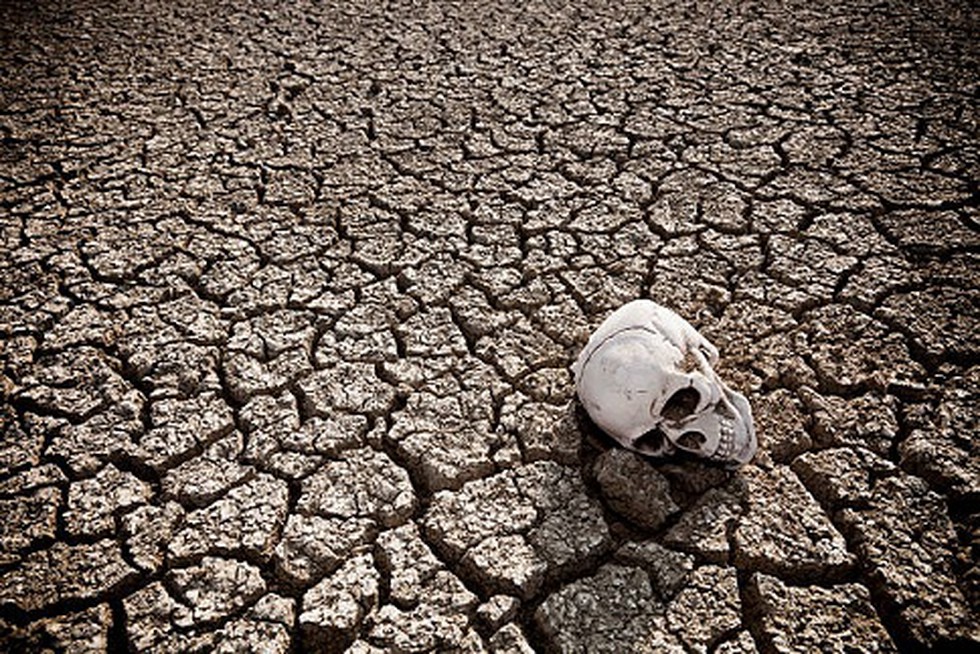
Key highlights of his speech:
- During his address, the Prime Minister announced that between now and 2030, India will raise target of restoring land with degraded status from 21 million hectares to 26 million by 2030.
- He also announced India’s proposal to setup a global technical support institute for the member countries of the UNCCD for their capacity building and support regarding the Land Degradation Neutrality Target Setting Program.
- Acknowledging the importance of the role of water, he called upon the leadership of UNCCD to conceive a “Global Water Action Agenda” which is central to the Land Degradation Neutrality strategy.
- PM said that in order to further develop a scientific approach and facilitate induction of technology to land degradation issues, we have decided to set up a centre for excellence in India at the Indian Council for Forest Research and Education.
Prelims Pointers
Sept. 10, 2019
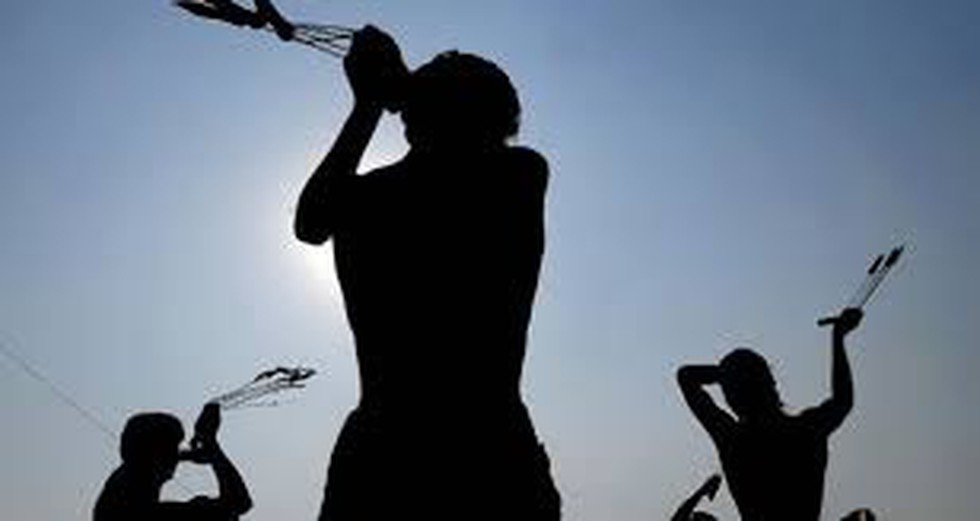
Muḥarram:
- It is the first month of the Islamic calendar which is a lunar Calendar. It is held to be the holiest month. The tenth day of Muharram is the Day of Ashoora, which to Shia Muslims is part of the Mourning of Muharram.
- The event marks the anniversary of the Battle of Karbala, when Imam Hussein Ali, the grandson of Muhammad, was killed by the forces of the second Umayyad caliph.
Customs associated with mourning of Muharram:
- Matam: It refers to the acts of lamentation for the martyrs of Karbala. There are two basic forms of matam:
- Matam using one's hands only, that is, sineh-zani or breast-beating
- Matam with implements like chains, knives, swords and blades, that is, zanjeer-zani, qama-zani, etc. which involves flagellation for reenacting blood shedding of Hussein Ali.
- Matam using one's hands only, that is, sineh-zani or breast-beating
- Taziya: It refers to the Miniature Mausoleums (imitations of the mausoleums of Karbala, generally made of coloured paper and bamboo) used in ritual processions.
- Alam: It consists of a coloured drape (usually black) on a wooden pole with an emblem on the top as a religious flag. It is believed that it was carried by Ali during the battle of Karbala.
Prelims Pointers
Sept. 10, 2019

About:
- The Conference is being organised by the Bureau of Energy Efficiency (BEE), Ministry of Power, Government of India in collaboration with GIZ under the Indo German Technical Cooperation.
- Experts and Policy Makers across 16 countries are participating in the event to discuss various technologies in the field of design and construction of energy efficient Commercial as well as Residential Buildings and suggest ways in implementing the same.
- It is estimated that an investment of Rs. 2000 billion in Building energy efficiency activities would lead to a cumulative savings of 388 Billion units of electricity for the next ten years with payback of about 2 years.
Prelims Pointers
Sept. 10, 2019

About:
- Indian Skill Development Services (ISDS) is the newest central government services. The ISDS has 263 all India posts. The cadre comprises of 3 posts at Senior Administrative Grade, 28 posts at Junior Administrative Grade, 120 posts at Senior Time Scale and 112 posts at Junior Time Scale.
- This service has been specially created for the Training Directorate of the Ministry of Skill Development and Entrepreneurship (MSDE) and is a Group ‘A’ service.
- This is the first batch which is joining the ISDS cadre from the Indian Engineering Service Examination conducted by UPSC.
- The induction of young talent as ISDS officers is one of the special initiatives taken by the MSDE to attract young and talented administrators towards institutionalizing the Skill Development environment in the country.
Prelims Pointers
Sept. 10, 2019
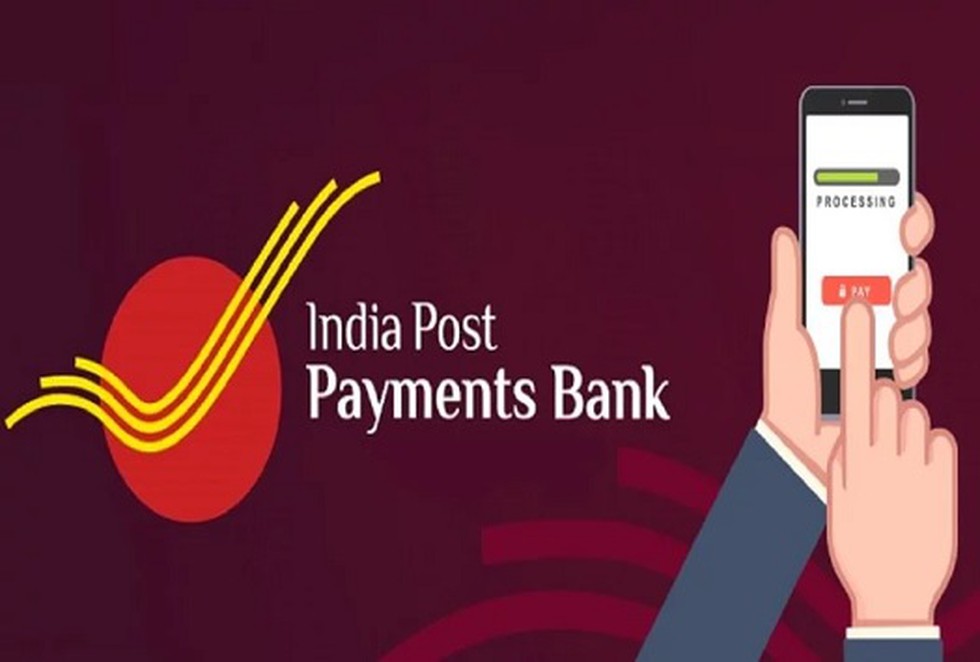
About:
- With AePS services any common person with a bank account linked to Aadhaar can perform basic banking services such as cash withdrawals and balance enquiry irrespective of the bank they hold their account with.
- This gives a strong boost to the Centre's efforts in expanding access to financial services for millions of unbanked and underbanked customers.
- With this launch, IPPB has become the single largest platform in the country for providing interoperable banking services to customers of any bank by leveraging the last mile unprecedented reach of the Postal network.
India Post Payments Bank (IPPB)?
- India Post Payments Bank (IPPB) has been established under the Department of Posts, Ministry of Communication with 100% equity owned by Government of India.
- IPPB was launched by the Prime Minister Narendra Modi on September 1, 2018.
- IPPB has achieved the milestone of 1 Crore customers.
Prelims Pointers
Sept. 10, 2019
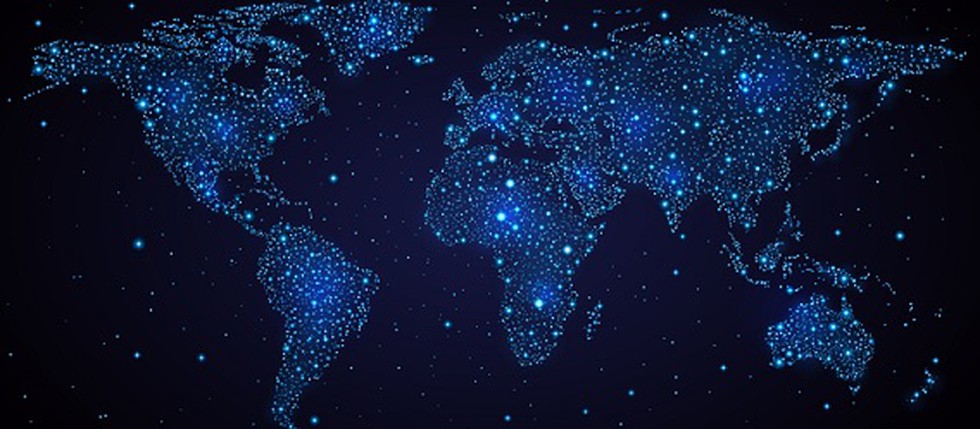
What is World energy congress?
- With over 150 countries represented, it is the world’s largest and most influential energy event covering all aspects of the energy agenda.
- Running since 1924, the triennial World Energy Congress enables dialogue amongst Ministers, CEOs, policy-makers and industry practitioners on critical developments in the energy sector.
24th World Energy Congress:
- The 24th World Energy Congress will take place in Abu Dhabi at the Abu Dhabi National Exhibition Centre, United Arab Emirates from 9-12 September 2019.
- The theme of this World Energy Congress is Energy for Prosperity which also represents the ambitious and dynamic energy transition of the country.
Prelims Pointers
Sept. 10, 2019
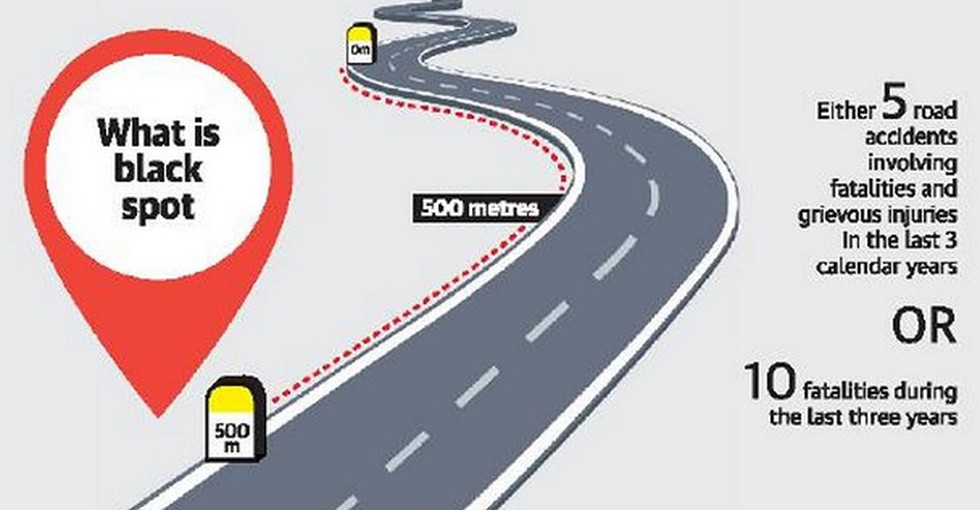
About:
- A black spot is defined as a stretch not more than 500m in length where five accidents have taken place or where ten fatalities have happened in the last three years.
- Black spots account for 90% of road accidents in the country and short- and long-term measures chalked out by the Union Ministry of Road Transport and Highways (MoRTH) to curb accidents in such spots assume significance.
- Recently, Minister for Road Transport and Highways Nitin Gadkari said the government had prepared a ₹14,000-crore plan to identify black spots. The Ministry has reached out to the World Bank for funds after approval from the Ministry of Finance.
Prelims Pointers
Sept. 10, 2019

About:
- In Madhya Pradesh, time banks will enable person-to-person, person-to-agency and agency-to-agency transactions. Members will start with zero credits, which they could gradually acquire by imparting skills.
- As the bank would measure all kinds of skills and services through a common denominator — time, members would view them, and those offering it, as an equal.
- Whenever a bank member needs a service or wants to acquire a skill, say gardening or playing a guitar, she could exchange a credit, worth an hour, with another member knowing the skill.
- At the start, the 50,000 volunteers registered with the department through local networks will form community-level banks and list skills they could impart or services they could offer. An experienced volunteer will induct new members and keep a record of all the transactions.
Background:
- Conceived at the Cincinnati Time Store in 1827, the concept gained currency with the setting up of the first Time Bank in Japan in 1973, and later when Edgar Cahn, CEO of TimeBanks USA, popularised ‘Time Dollars’.
- Today, there are more than 500 such communities across 32 countries.
Prelims Pointers
Sept. 10, 2019
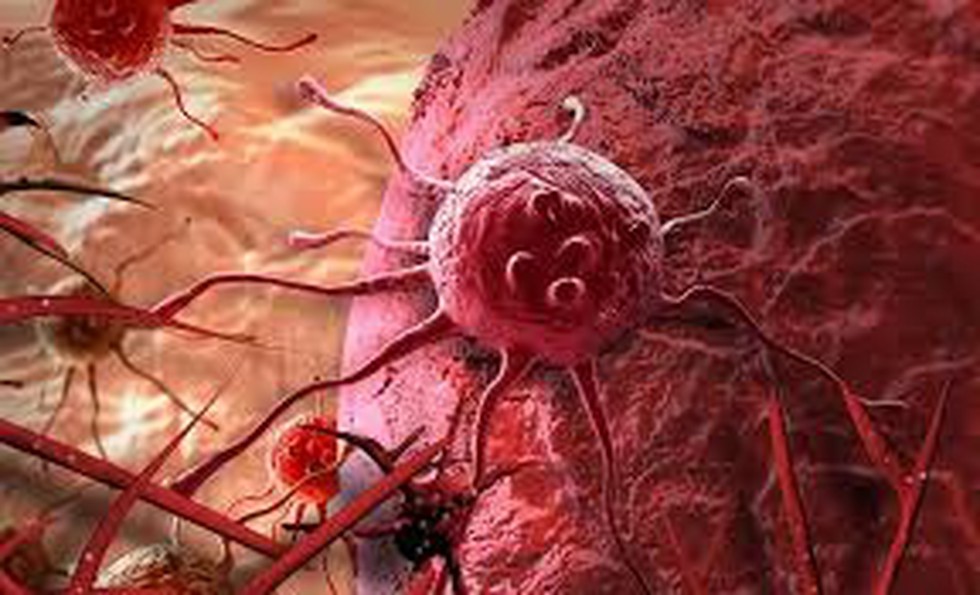
About:
- The National Genomic Grid for India-specific cancer research will collect samples from cancer patients to study genomic factors influencing cancer and identifying the right treatment modalities for the Indian population.
- The grid will have four parts, with the country divided into east, west, north and south.
- The grid to be formed will be in line with the National Cancer Tissue Biobank (NCTB) set up at the Indian Indian Institute of Technology, Madras. The NCTB is functioning in close association with the Indian Council for Medical Research (ICMR).
Sept. 9, 2019
Prelims Pointers
Sept. 9, 2019
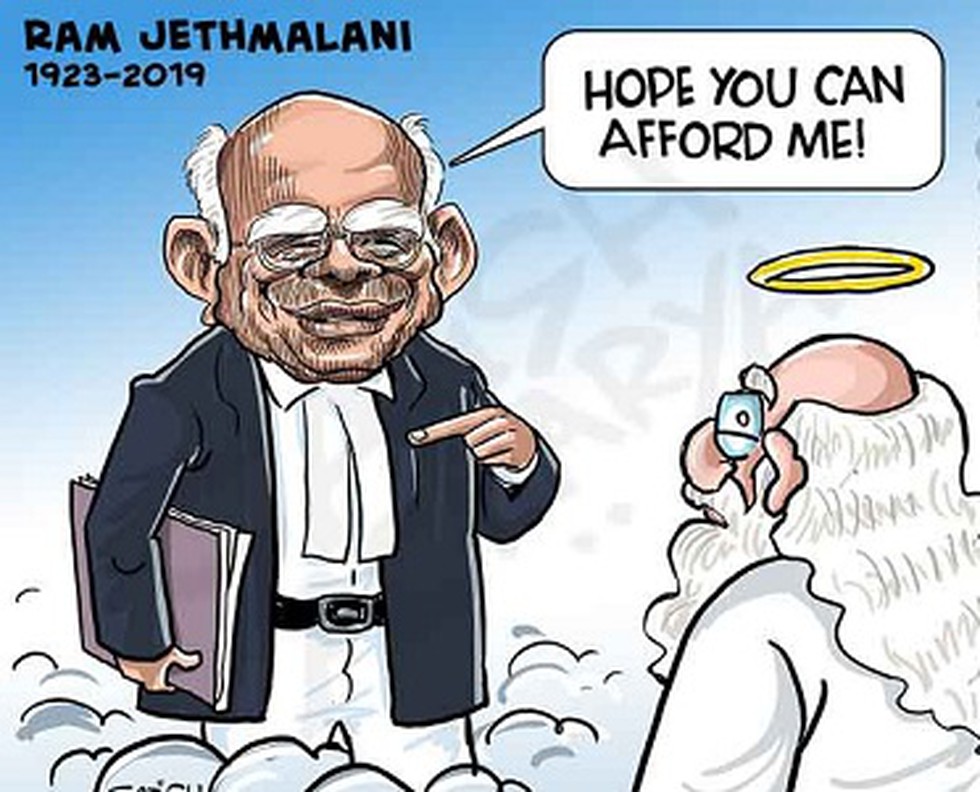
About:
- Ram Jethmalani (1923 – 2019) was an Indian lawyer and politician.
- He was the highest paid lawyer in the supreme court of India. He took up a number of high-profile defence cases as lawyer– people involved in market scams (Harshad Mehta and Ketan Parekh). He also defended L. K. Advani in the Hawala scam.
- During the emergency period of 1975–1977, he was the chairman of the Bar Association of India.
- He became a member of Rajya Sabha in 1988. He became The Union Minister of Law, Justice and Company Affairs in 1996 in the Government of India led by Atal Bihari Vajpayee. In 1998, he was given the portfolio of Union Minister of Urban Affairs and Employment and in 1999 he was again sworn in as the Union Minister for Law, Justice and Company Affairs.
- In 2010, he was elected as the president of Supreme Court Bar Association.
Prelims Pointers
Sept. 9, 2019
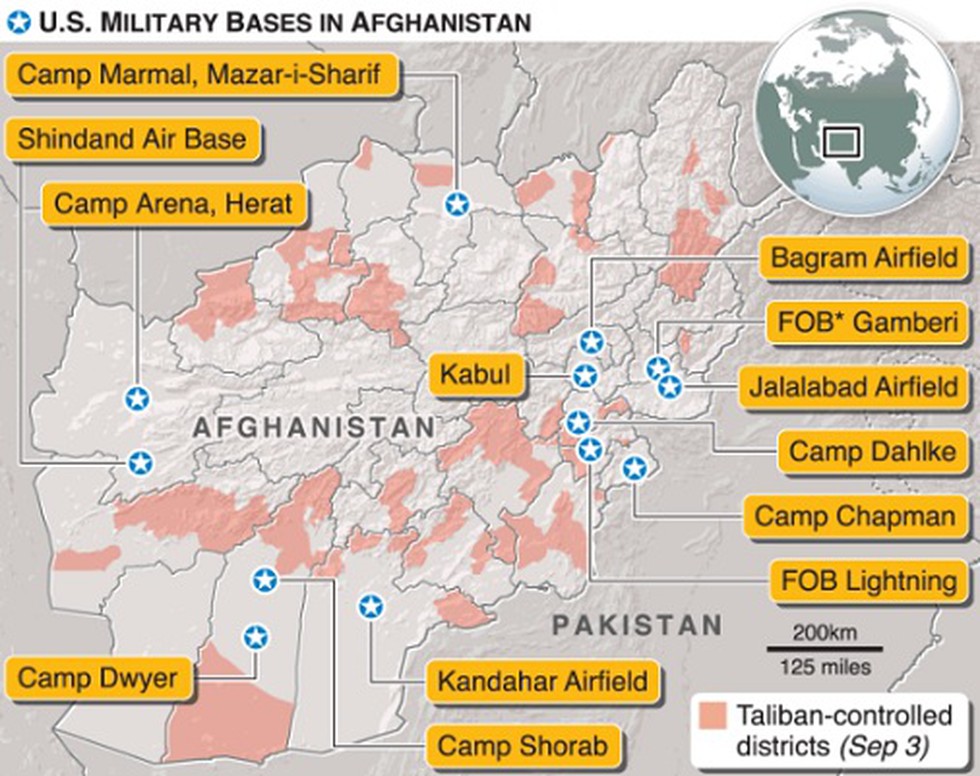
About:
- Under a draft peace deal with the Taliban the United States will withdraw 5,400 troops from Afghanistan and close five bases within 135 days.
- The accord requires the insurgent movement to ensure Afghanistan is not used by Al Qaeda or so-called Islamic State as a base for global attacks.
- Top U.S. negotiator Zalmay Khalilzad showed a draft deal to the Afghan president after declaring that they are “at the threshold of an agreement” following the end of the ninth round of U.S.-Taliban talks in Qatar. The agreement still needs President Donald Trump’s approval.
- The Taliban, at their strongest since their 2001 defeat by a U.S.-led invasion, want all U.S. and NATO troops out of Afghanistan immediately, while the U.S. seeks a withdrawal in phases that would depend on the Taliban meeting certain conditions such as a reduction in violence.
Prelims Pointers
Sept. 9, 2019
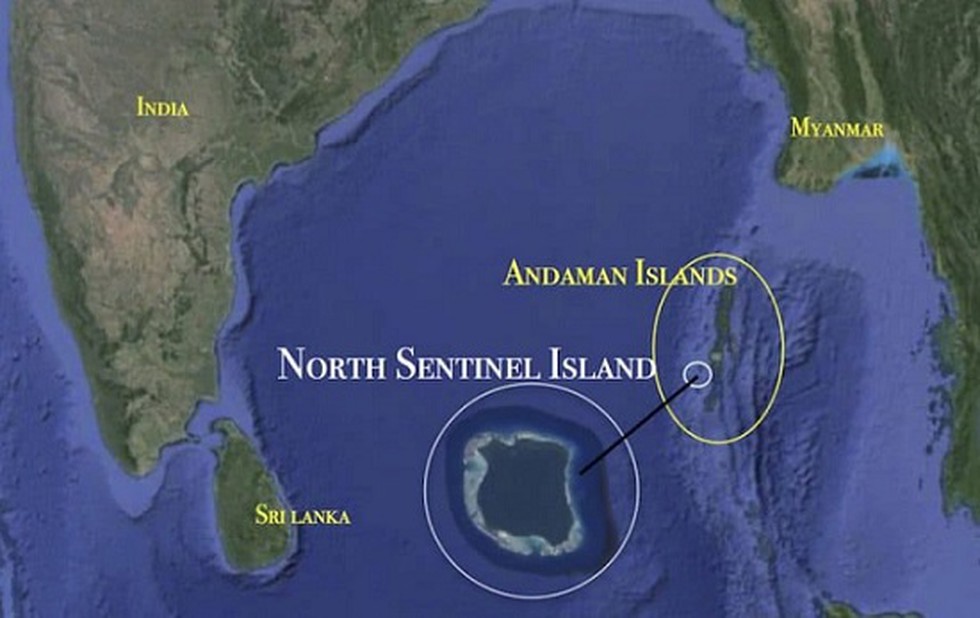
About:
- The Sentinelese is a negrito tribe who live on the North Sentinel Island of the Andamans.
- Demography and Lifestyle:
- to various estimates, the Sentinelese presence on the islands varies from 2,000 years to 30,000 years ago.
- Census 2001 counted 39 inhabitants.
- The Sentinelese are hunter-gatherers, likely using bows and arrows to hunt and more rudimentary methods to catch local seafood.
- It is known that the Sentinelese speak their own language, the Sentinelese language.
- to various estimates, the Sentinelese presence on the islands varies from 2,000 years to 30,000 years ago.
- Contacts with other people: The Sentinelese have been fiercely hostile to outside contact. They have been mostly left alone even from colonial times, unlike other tribes such as the Onges, Jarawas and Great Andamanese, because the land they occupy has little commercial attraction.
Protection:
- They are designated as a Scheduled Tribe.
- Access to North Sentinel Island and its buffer zone is strictly restricted under the Protection of Aboriginal Tribe (Regulation), 1956 and Regulations under Indian Forest Act, 1927.
- Under the Andaman and Nicobar Islands (Protection of Aboriginal Tribes) Regulation, 1956,
- traditional areas occupied by the tribes have been declared as reserves,
- Entry of persons and Photographing the tribe members is prohibited except with authorisation.
- Any passage within three miles of the coastline of Island is illegal, and is enforced by the Indian Navy.
Prelims Pointers
Sept. 9, 2019
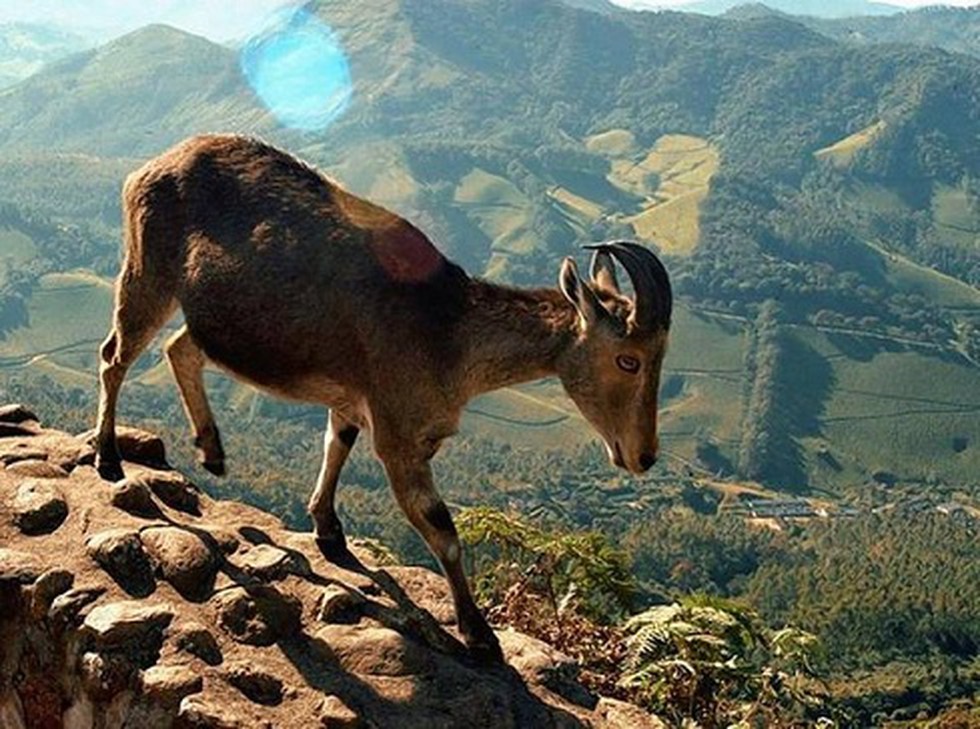
About:
- Scientific name: Nilgiritragus hylocrius; Hemitragus hylocrius.
- Common name: Saddlebacks (as Adult males develop a light grey area or “saddle” on their backs).
- Habitat and distribution:
- They are found at high elevations on cliffs, grass-covered hills and open terrain (i.e. open montane grassland habitats at altitudes of 1,200 – 2,600 meters of the South Western Ghats.
- Their present distribution is limited to approximately 5% of the Western Ghats in southern India (Kerala and Tamil Nadu). It is the state animal of Tamil Nadu.
- Eravikulam National Park is home to its largest population.
- They are found at high elevations on cliffs, grass-covered hills and open terrain (i.e. open montane grassland habitats at altitudes of 1,200 – 2,600 meters of the South Western Ghats.
- Population: Around 2,500 in Wild.
- Conversation status:
- Listed in Schedule I of Wildlife (Protection) Act, 1972 and
- Listed as Endangered on IUCN Red List.
- Listed in Schedule I of Wildlife (Protection) Act, 1972 and
- Threat: Principal threats are habitat loss (mainly from domestic livestock and spread of invasive plants which leads to diminishing grazing land) and poaching.
Mukurthi National Park (MNP)?
- Mukurthi National Park (MNP) is a protected area located in the northwest corner of Tamil Nadu.
- It has montane grasslands and shrublands interspersed with sholas in a high-altitude area of high rainfall
- It’s a part of Nilgiri Biosphere Reserve, India's first International Biosphere Reserve.
- As part of the Western Ghats, it is also a UNESCO World Heritage Site.
Prelims Pointers
Sept. 9, 2019
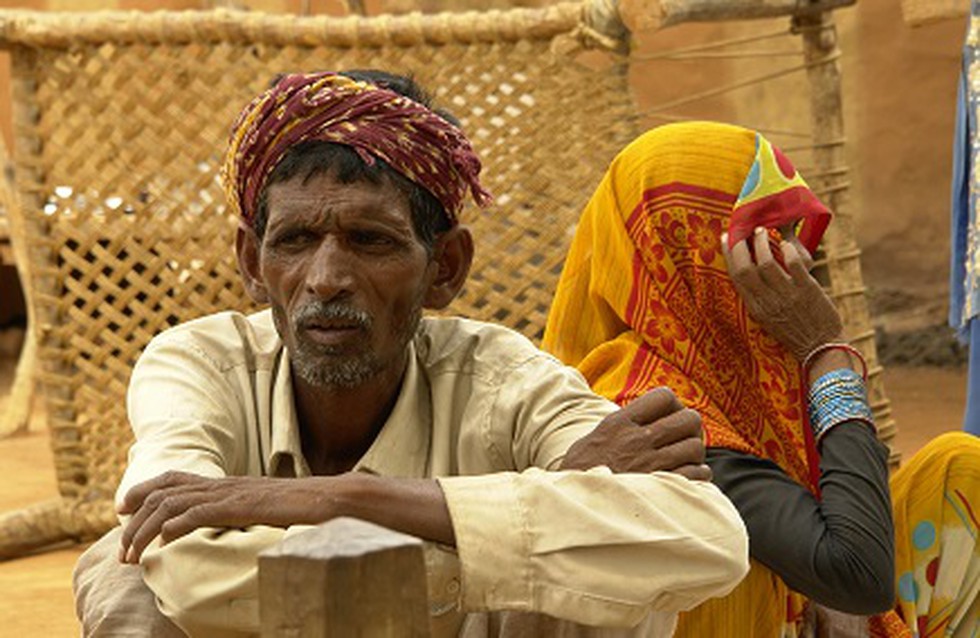
About:
- The Saharia, Sahar, Sehariya, or Sahariya are an ethnic group mainly found in the districts of Morena, Sheopur, Bhind, Gwalior, Datia, Shivpuri, Vidisha and Guna districts of Madhya Pradesh and Baran district of Rajasthan.
- Saharias are a particularly vulnerable tribal group.
- An Indian Council of Medical Research (ICMR) study revealed that, among Saharias, TB prevalence is an alarming 1,995 per 1,00,000 persons.
Particularly vulnerable tribal groups (PVTGs) ?
- These are separately classified by government of India.
- According to 12th plan, out of the total ST population, 3 % belong to the PTVGs.
- These tribal communities have following features:
- Pre-agricultural system of existence (i.e. practice of hunting and gathering), or
- Zero or negative population growth, or
- Extremely low level of literacy in comparison with other tribal groups.
Prelims Pointers
Sept. 9, 2019
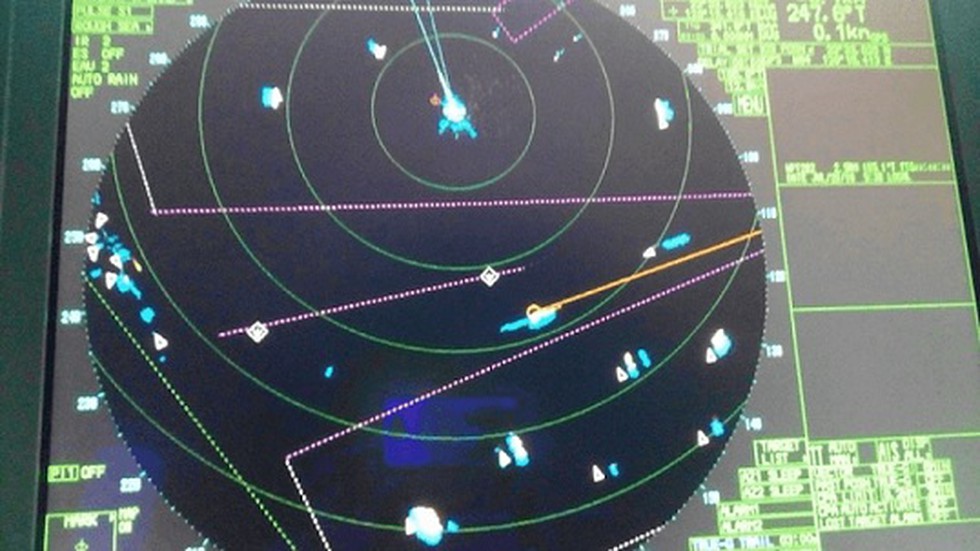
About:
- In the last four years, on an average at least 500 Chinese trawlers were present in the region and around 32,250 incidents per year were recorded. The trawlers were, however, not in India’s Exclusive Economic Zone (EEZ) but beyond.
- There were 1,100 occurrences near Somalia and 1,500 occurrences near the Coast of Oman. Occurrences are recordings of the Automatic Identification System (AIS) aboard trawlers and ships recorded when they are activated.
Automatic Identification System (AIS)?
- The automatic identification system (AIS) is an automatic tracking system that uses transponders on ships and is used by vessel traffic services (VTS). AIS information supplements marine radar, which continues to be the primary method of collision avoidance for water transport.
- The AIS information comprises name, MMSI number, position, course, speed, last port visited, destination and so on. This information can be picked up through various AIS sensors including coastal AIS chains and satellite based receivers.
- In India, there has been a national effort to install AIS systems on ships under 20m for which a pilot study has been carried out. AIS works through satellite and the ISRO has already delivered 1000 transponders for trails in Gujarat and Tamil Nadu.
Prelims Pointers
Sept. 9, 2019
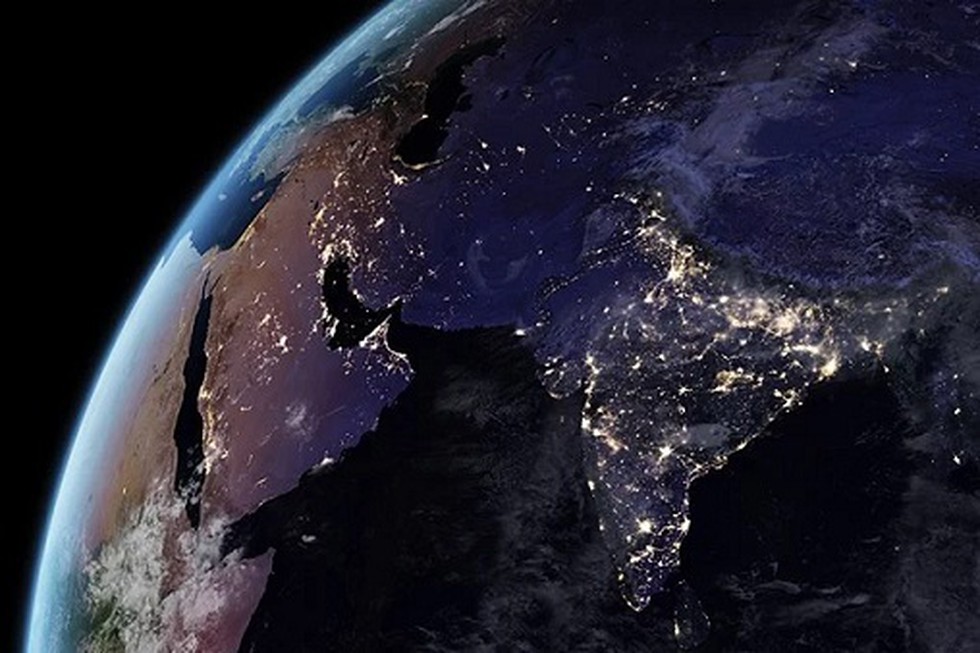
About:
- Parent agency: Space Physics Laboratory (SPL) is a premier science laboratory of Vikram Sarabhai Space Centre (VSSC).
- Location: Thiruvananthapuram, Kerala.
- Mandate: It carries out research on the lower and upper atmospheres, ionospheres and magnetospheres of the Earth and other solar system bodies, using a suite of state-of-the-art experiments; ground-based, aboard ships and aircrafts, balloon and rocket -borne, and satellite payloads.
- Of the 14 payloads aboard India’s second moon mission, four are from the SPL.
- Of the four, two — RAMBHA-LM (Radio Anatomy of Moon Bound Hypersensitive Ionosphere and Atmosphere-Langmuir Probe) and ChaSTE (Chandra’s Surface Thermophysical Experiment) — are on the lander, which is believed to have crash-landed during Saturday’s soft-landing mission on the lunar south pole.
- On the bright side for the SPL, its payload on the orbiter — CHACE-2 (short for Chandra’s Altitudinal Composition Explorer) — is functioning perfectly.
Prelims Pointers
Sept. 9, 2019

Salient features of amendment act:
- It amends the Arbitration and Conciliation Act, 1996. The Act contains provisions to deal with domestic and international arbitration, and defines the law for conducting conciliation proceedings.
- Arbitration Council of India: It establishes an independent body called the Arbitration Council of India (ACI) for the promotion of arbitration, mediation, conciliation and other alternative dispute redressal mechanisms.
- Composition of the ACI: The ACI will consist of a Chairperson who is either: (i) a Judge of the Supreme Court; or (ii) a Judge of a High Court; or (iii) Chief Justice of a High Court; or (iv) an eminent person with expert knowledge in conduct of arbitration.
- Relaxation of time limits: Under the original Act, arbitral tribunals are required to make their award within a period of 12 months for all arbitration proceedings. The amendment act remove this time restriction for international commercial arbitrations.
- Completion of written submissions: The written claim and the defence to the claim in an arbitration proceeding, should be completed within six months of the appointment of the arbitrators.
- Confidentiality of proceedings: All details of arbitration proceedings will be kept confidential except for the details of the arbitral award in certain circumstances.
- Applicability of Arbitration and Conciliation Act, 2015: It clarifies that the 2015 Act shall only apply to arbitral proceedings which started on or after October 23, 2015.
Prelims Pointers
Sept. 9, 2019
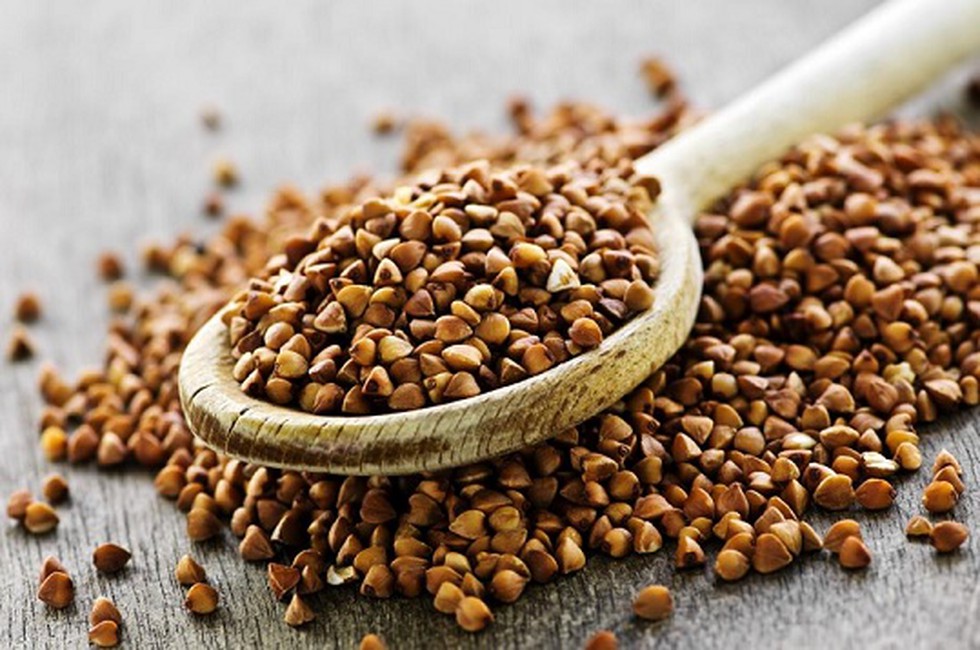
About:
- Buckwheat suppresses weeds and attracts beneficial insects and pollinators with its abundant blossoms. It extracts soil phosphorus from soil better than most grain-type cover crops.
- Buckwheat is a relatively low input crop that has relatively high yields even in marginal soil. Since it adds nutrients to the soil, it makes a good cover crop or rotational crop.
- Buckwheat thrives in cool, moist conditions but it is not frosted tolerant.
- The flour of buckwheat can be used either as food or as medicine. As a medicine, buckwheat is used to improve blood flow by strengthening veins and small blood vessels; to treat varicose veins and poor circulation in the legs, and to prevent hardening of the arteries.
Prelims Pointers
Sept. 9, 2019

About:
- Nehru Yuva Kendra Sangathan (NYKS) has taken up an initiative on preparing Disaster Response Teams (DRTs) of NYKS Youth Volunteers for Disaster Risk Reduction (DRR) in collaboration with National Disaster Response Force (NDRF).
- It is proposed to establish institutional mechanism for engagement of NYKS by creating Block Level Disaster Response Teams (DRTs) of volunteers as first responders in NDRF selected hazard prone districts.
- Initially, institutional mechanism is going to be on a pilot basis in 32 multi-hazard Districts of 28 States/UTs. It is expected to train more than 50,000 youth associated with NYKS till 2024.
Nehru Yuva Kendra Sangathan (NYKS)?
- Background: Nehru Yuva Kendras were established in the year 1972. Later in year 1987 it became Nehru Yuva Kendra Sangathan (NYKS).
- Status: It is an autonomous organization under Ministry of Youth Affairs and Sports, within the Government of India.
- What is it? It is the largest grassroot level youth organization in the world. It channelizes the power of youth on the principles of voluntarism, self-help and community participation. Over the years, NYKS has established a network of youth volunteers through its 623 District Kendras.
- Functions: It has played a major role in implementing various flagship schemes of the Government.
Sept. 8, 2019
Prelims Pointers
Sept. 8, 2019
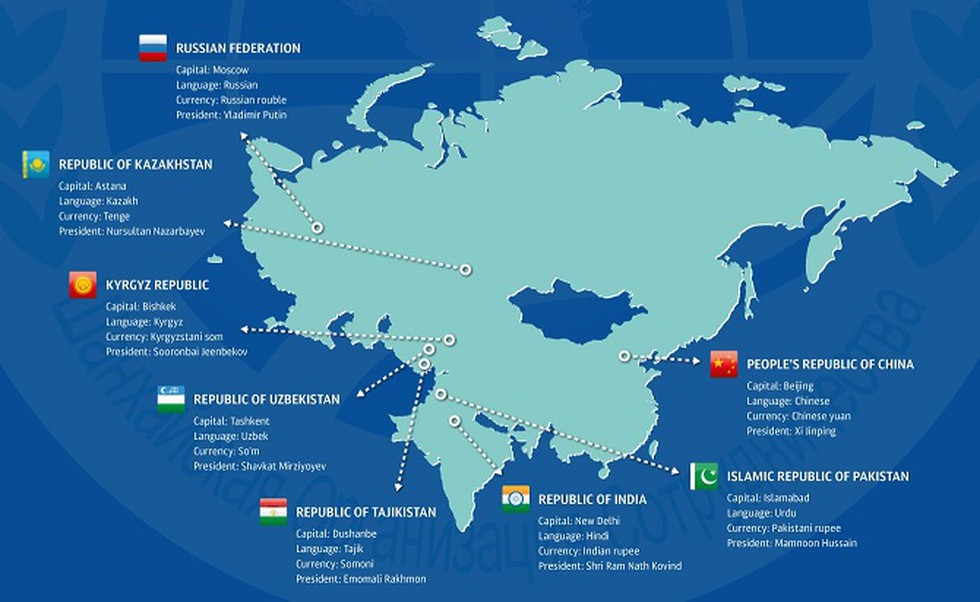
About:
- The conference will be the first Military co-operation event hosted by India, under the SCO Defence Co-operation Plan 2019-2020, after it became a SCO Member State in 2017.
- Purpose of conference: To share best practices in the field of military medicine, build capacities and overcome common challenges. During the conference, the Indian Armed Forces will also demonstrate the Rapid Action Medical Team and organise a visit for the delegates to the Army Research and Referral Hospital.
- Organizers: The conference will be conducted by the Indian Armed Forces under the aegis of Headquarters Integrated Defence Staff (HQ IDS).
- Participants: The SCO Member States will be represented by senior military medical practitioners. Dialogue Partners Nepal and Sri Lanka will also be sending their delegations to participate in the Conference.
Prelims Pointers
Sept. 8, 2019
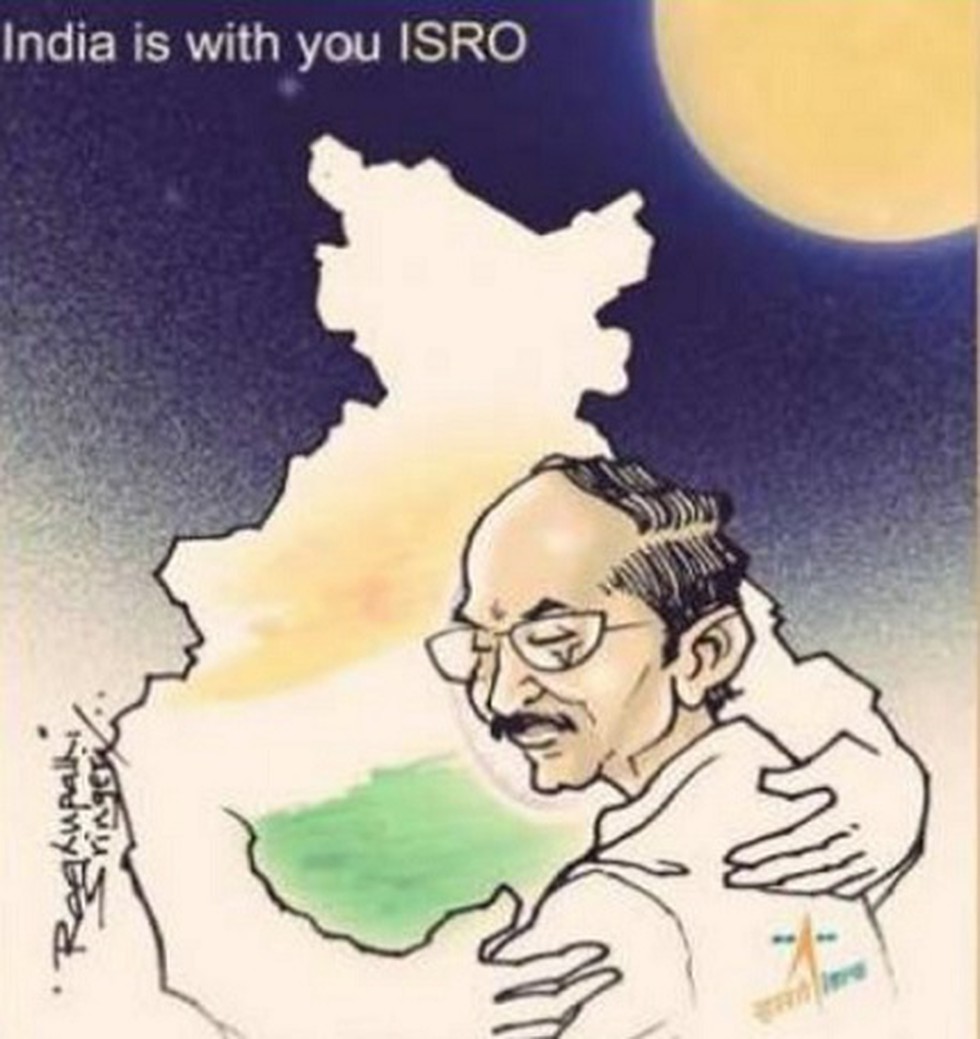
About:
- The Vikram Lander descent was initiated as planned and normal performance was observed up to an altitude of 2.1 km above the lunar surface. Subsequently, the communication from the Lander to the ground stations was lost.
- The Orbiter would continue to observe the moon’s surface and its exosphere for a year by encircling the natural satellite.
- Prime Minister Narendra Modi, who was with the scientists patted them for their hard work and asked them to move forward.
Chandrayaan-2's Orbiter, Lander and the Rover
- The composite Chandrayaan-2 has the orbiter, the Vikram lander and the Pragyaan rover. The Orbiter carried the lander Vikram. The lander, in turn, carries in its belly the rover.
- The mandate of the Orbiter is to move around the moon for over a year. It has eight payloads including two cameras for mapping the moon and six other devices to study the lunar exosphere and ionosphere, detecting the presence of water or ice and to map the lunar mineralogy.
- The lander Vikram, named after the Father of Indian Space Programmes Dr Vikram Sarabhai was supposed to carry out studies using three instruments onboard it like quakes on the moon due to the earth’s gravity and thermal conductivity.
- The rover Pragyaan has two devices to probe the elemental composition of lunar soil near its landing site and derive the elemental abundance there.
Prelims Pointers
Sept. 8, 2019

About:
- Major publishers, Google, Twitter and Facebook have helped devise the scheme. It follows criticism of big technology firms for failing to do enough to prevent the spread of "false news".
- Earlier this summer, the BBC convened a Trusted News Summit, bringing together senior figures from major global technology firms and publishing to help tackle the problem.
- The group drew-up new plans including:
- Early warning system: creating a system so that organisations can alert each other rapidly when they discover disinformation that threatens human life or disrupts democracy during elections.
- Media education: a joint online media education campaign to support and promote media education messages.
- Voter information: co-operation on civic information around elections, so there is a common way to explain how and where to vote.
- Shared learning: particularly around high-profile elections.
- Early warning system: creating a system so that organisations can alert each other rapidly when they discover disinformation that threatens human life or disrupts democracy during elections.
Fake news?
- Fake news are “news stories that have no factual basis but are presented a s news.” It includes deliberate misinformation or hoaxes which are spread via traditional print and broadcast news media or online social media.
- According to Martina Chapman (Media Literacy Expert), the three M elements to fake news are:
- Mistrust,
- Misinformation and
- Manipulation.
- Fake news stories can deceive people by looking like trusted websites or using similar names and web addresses to reputable news organisations. It is written and published often with sensationalist, exaggerated, or patently false headlines that grab attention.
Prelims Pointers
Sept. 8, 2019
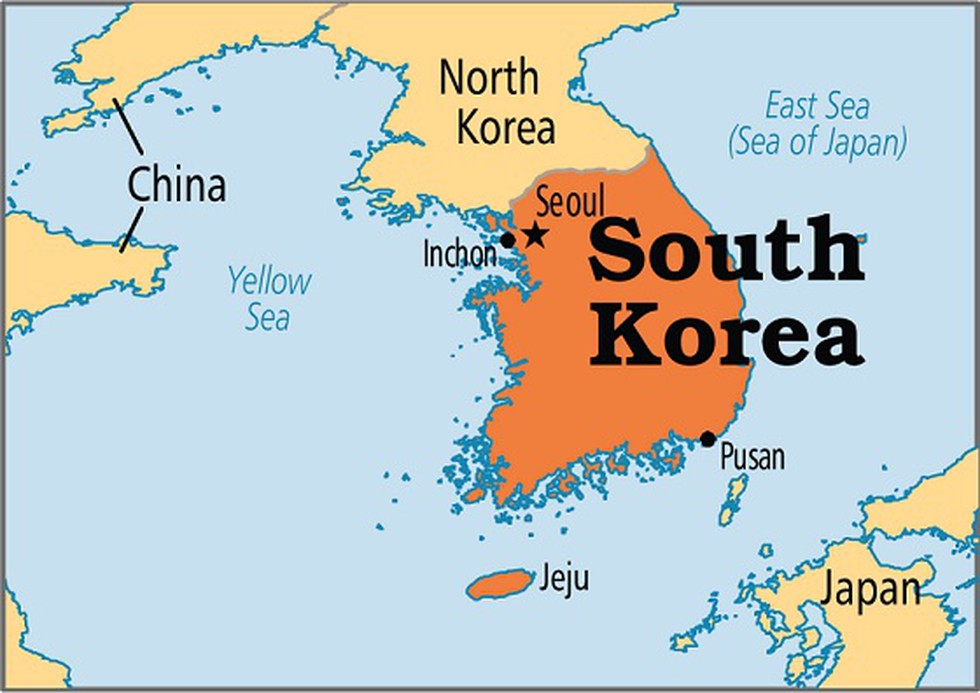
Key highlights of the visit:
- India and South Korea concluded a military logistics agreement to extend logistical support to each other’s Navies. India will be able to get assured logistic support when it operates in the Indo-Pacific in the ports of South Korea.
- A MoU was signed to further defence educational exchanges.
- The two countries also formulated a forward-looking road map to take bilateral defence industry cooperation to the next level. It includes proposed areas of cooperation in land, aero and naval systems, R&D cooperation and collaboration in testing, certification and quality assurance.
- Rajnath Singh also invited the South Korean industry to explore the feasibility of local production of items, used in main weapon systems imported by defence public sector undertakings (PSUs).
- He stressed that South Korea’s ‘New Southern Policy’ and India’s ‘Act East Policy’ will provide a strong framework for future engagement and consolidation of Special Strategic Partnership between the two countries.
Prelims Pointers
Sept. 8, 2019
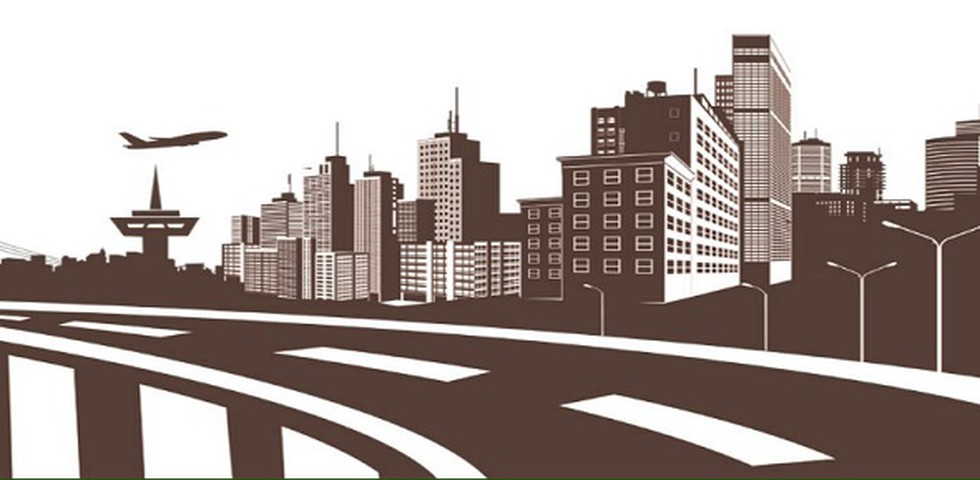
About:
- Composition: The Task Force will be headed by Economic Affairs Secretary.
- Mandate of task force:
- To identify technically feasible and economically viable infrastructure projects that can be initiated in the current fiscal.
- To work on listing the projects that can be included in the pipeline for each of the remaining 5 years.
- To estimate annual infrastructure investment costs, guide the Ministries in identifying appropriate sources of financing and suggest measures to monitor the projects so that cost and time overrun is minimized.
- To identify technically feasible and economically viable infrastructure projects that can be initiated in the current fiscal.
- Duration: The Task Force will submit its Report on Pipeline by 31st of October for the fiscal year 2019-20 and on the indicative pipeline for fiscal years 2021- 25 by 31st of December this year.
Background:
- The National Infrastructure Pipeline would include greenfield and brownfield projects costing above 100 crore rupees. It also enables marketing of the pipeline of projects requiring private investment through the India Investment Grid and National Investment & Infrastructure Fund.
- Earlier, PM Modi in his Independence Day speech highlighted that 100 lakh crore rupees would be invested in infrastructure over the next five years. Infrastructure projects will include social and economic infrastructure projects.
Prelims Pointers
Sept. 8, 2019
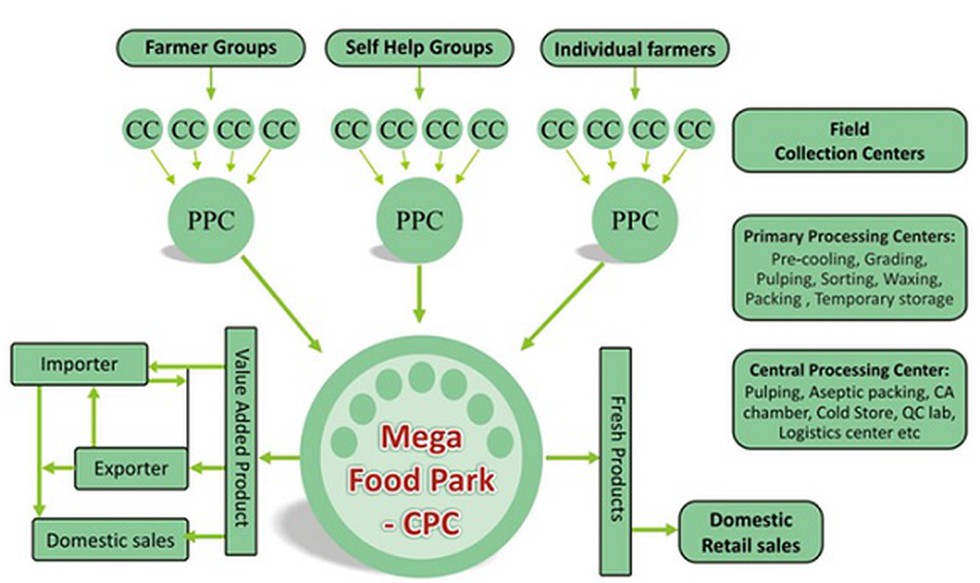
About:
- Objective: To give a major boost to the food processing sector by adding value and reducing food wastage at each stage of the supply chain with particular focus on perishables.
- Parent ministry of scheme: Ministry of Food Processing Industries.
- Implementing agencies:
- The Mega Food Park project is implemented by a Special Purpose Vehicle (SPV) which is a Body Corporate registered under the Companies Act.
- However, State Government, State Government entities and Cooperatives are not required to form a separate SPV for implementation of Mega Food Park project.
- The Mega Food Park project is implemented by a Special Purpose Vehicle (SPV) which is a Body Corporate registered under the Companies Act.
- Funding: Under the Scheme, Government of India provides financial assistance upto Rs. 50 Crore per Mega Food Park project.
- Cluster approach: The Mega Food Park Scheme is based on “Cluster” approach and envisages creation of state of art support infrastructure in a well-defined agri / horticultural zone for setting up of modern food processing units along with well-established supply chain.
Project Components:
- Mega food park typically consists of supply chain infrastructure including
- collection centres,
- primary processing centres (PPC),
- central processing centres (CPC),
- cold chain and
- around 30-35 fully developed plots for entrepreneurs to set up food processing units.
- Collection Centres and Primary Processing Centres (PPC): These component have facility for cleaning, grading, sorting and packing facilities, dry warehouses, specialized cold stores etc.
- Central Processing Centres (CPC): Includes common facilities like Testing Laboratory, Cleaning, Grading, Sorting and Packing Facilities, Dry Warehouses, specialized storage facilities etc.
Prelims Pointers
Sept. 8, 2019
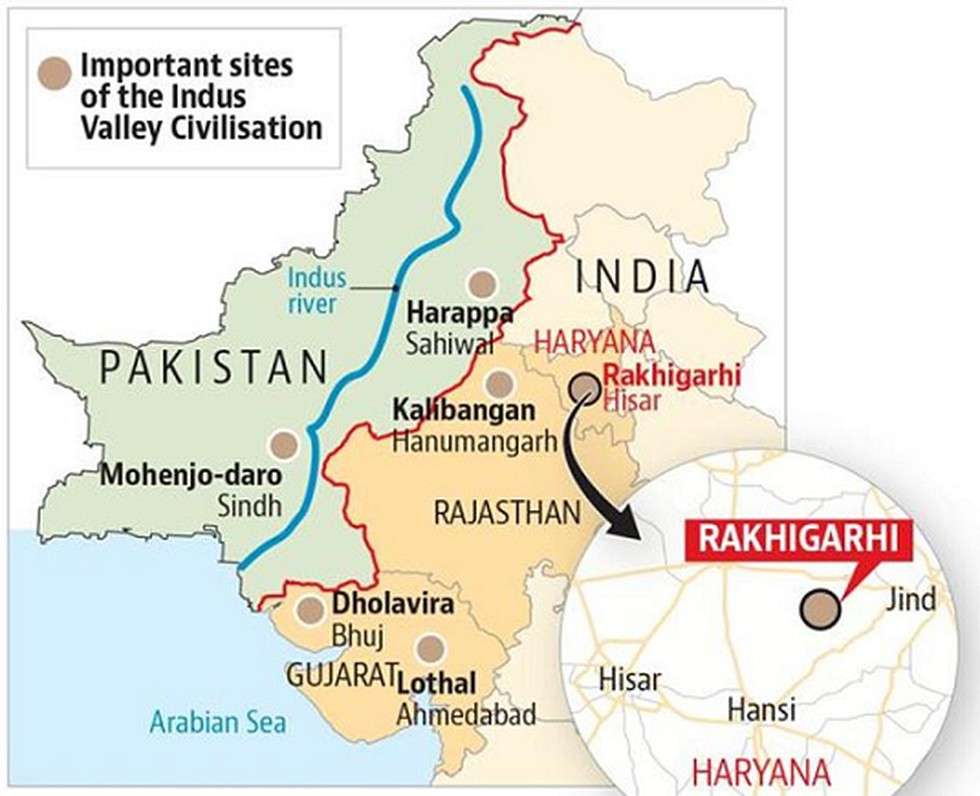
About:
- The researchers had successfully sequenced the first genome of an individual from Harappa and combined it with archaeological data. They studied DNA from skeletal remains excavated from the Harappan cemetery at Rakhigarhi.
- The Rakhigarhi study was reported in a paper titled “An Ancient Harappan Genome Lacks Ancestry from Steppe Pastoralists or Iranian farmers” in the journal ‘Cell’.
- Key findings of the study:
- Hunter-gatherers of South Asia had an independent origin. The same hunter-gatherer communities developed into agricultural communities and formed the Harappan civilisation.
- The genome of an individual from Harappa do not contain genome from either the Steppe region or ancient Iranian farmers. The genetic continuity from hunter gatherer to modern times is visible in the DNA results.
- Thus, the theory of the Harappans having Steppe pastoral or ancient Iranian farmer ancestry thus stands refuted. The finding also negates the hypothesis about mass migration during Harappan times from outside South Asia.
- Hunter-gatherers of South Asia had an independent origin. The same hunter-gatherer communities developed into agricultural communities and formed the Harappan civilisation.
Prelims Pointers
Sept. 8, 2019

About:
- The toddlers were born with fused brain and skull, a condition known as craniopagus.
- Union Health Minister Harsh Vardhan said that this is the rarest of the rare surgery and it can be called ‘AIIMS Delhi Jagga and Balia craniopagus surgery’.
- He said this was the first successful craniopagus conjoined twin separation surgery from India wherein both the children had survived. Worldwide only 10-15 children have survived after surgical separation of this condition in the last 50 years.
Conjoined twins:
- Meaning: Conjoined twins are two babies who are born physically connected to each other. They may also share one or more internal organs.
- Types: Conjoined twins may be joined at any of these sites –
- Craniopagus twins are joined at the back, top or side of the head, but not the face. Craniopagus twins share a portion of the skull. But their brains are usually separate, though they may share some brain tissue.
- Thoracopagus twins are joined face to face at the chest.
- Omphalopagus twins are joined near the bellybutton (Abdomen)
- Pygopagus twins are joined back to back at the base of the spine and the buttocks.
- Rachipagus twins are joined back to back along the length of the spine.
- Ischiopagus twins are joined at the pelvis, either face to face or end to end.
- Cause: Conjoined twins develop when an early embryo only partially separates to form two individuals. Although two fetuses will develop from this embryo, they will remain physically connected — most often at the chest, abdomen or pelvis.
- Treatment: Though many conjoined twins are not alive when born (stillborn) or die shortly after birth, advances in surgery and technology have improved survival rates. Some surviving conjoined twins can be surgically separated.
Prelims Pointers
Sept. 8, 2019
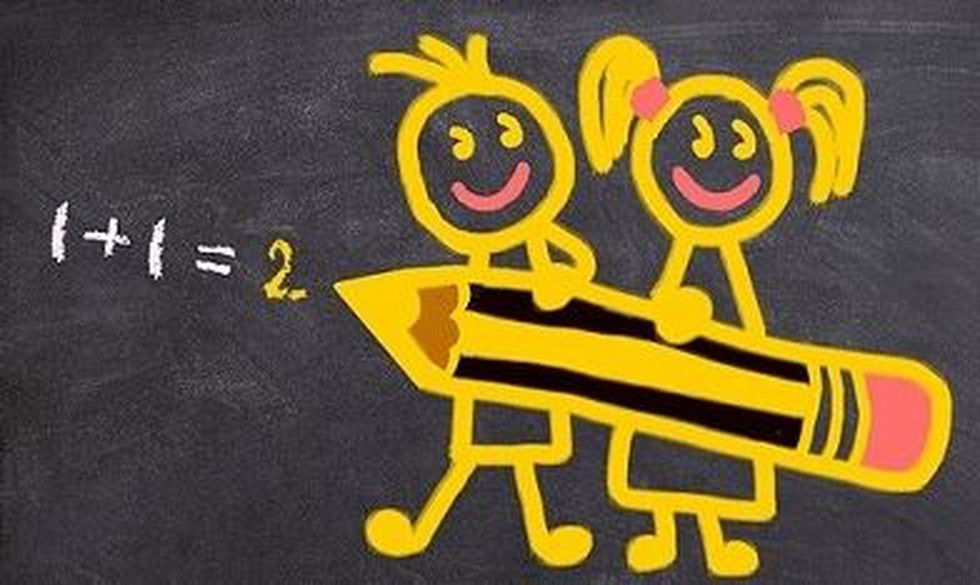
About:
- Haryana, Uttarakhand, Delhi, Rajasthan and Uttar Pradesh received honours for improving Sex Ratio at Birth (SRB). Ten districts selected for improvement in SRB were also felicitated during the programme.
- On this occasion, Union Minister of WCD, Smriti Zubin Irani, made special mention of Kameng District of Arunachal Pradesh which has registered a sharp improvement in SRB from 807 in 2014-15 to 1039 in 2018-19.
- She also highlighted that the SRB at the national level has also improved by 13 points from 918 in 2014-15 to 931 in 2018-19.
- The BBBP scheme was launched in 2015.
- It is being implemented in 640 districts and all districts are covered through advocacy and media campaign. Out of these districts, 405 are covered under Multi-Sectoral Intervention in which 100% Centrally Sponsored Scheme grant is provided directly to the District Magistrate/District Collector for BBBP.
Prelims Pointers
Sept. 8, 2019
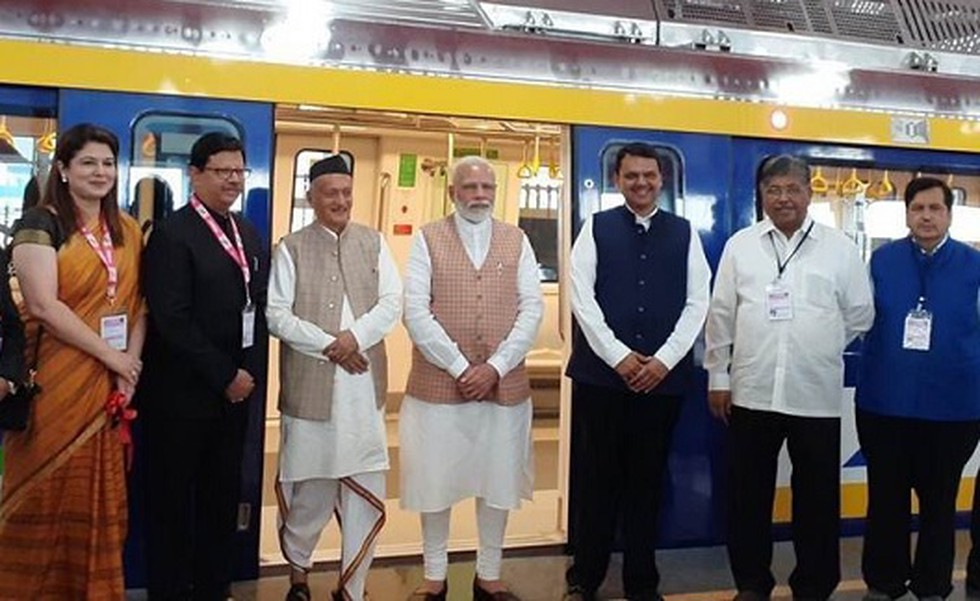
About:
- Background: BEML Limited (formerly Bharat Earth Movers Limited) was established in 1964.
- Status: It is a ‘Miniratna-Category-1’ Public Sector Undertaking of Government of India.
- Functions: It manufactures a variety of heavy equipment, such as that used for earth moving, transport and mining. The Company operates under three major Business verticals viz., Mining & Construction, Defence and Rail & Metro.
- Location: It is headquartered in Bengaluru. BEML has manufacturing plants in Kolar Gold Fields, Bengaluru, Palakkad and Mysore.
Sept. 7, 2019
Prelims Pointers
Sept. 7, 2019
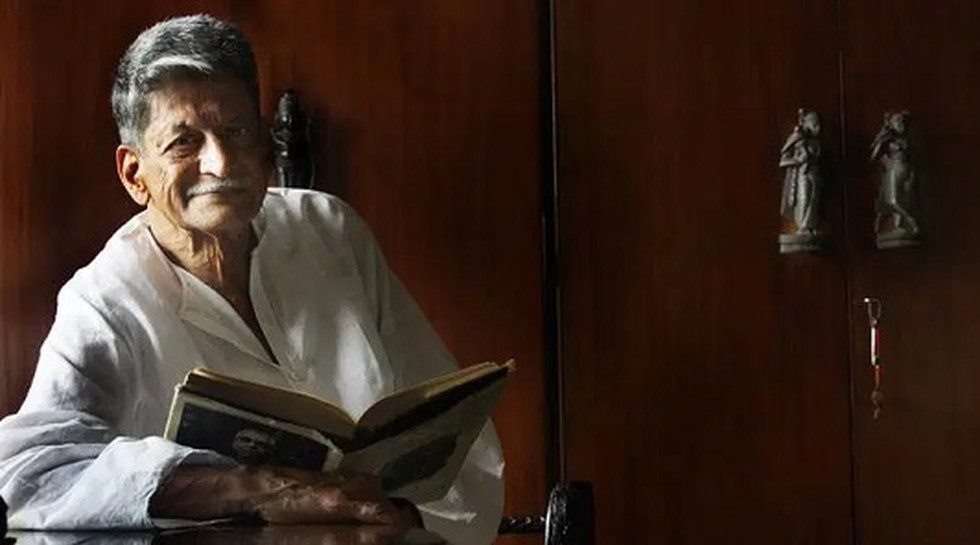
About:
- Kiran Nagarkar (1942 – 2019), a noted novelist and playwright in Marathi and English was known for his novels offering biting humour and complex insights into human nature.
- Nagarkar wrote his first book Saat Sakkam Trechalis in 1974 in his mother tongue, Marathi. Its English translation (Seven Sixes are Forty Three) was published in 1980.
- His second novel, Ravan and Eddie (1994), a cult classic, cemented Nagarkar’s position as a post-colonialist Indian writer.
- His historical fiction, Cuckold (1997), for which he was awarded the 2001 Sahitya Akademi Award in English firmly established Nagarkar’s reputation. Cuckold’s protagonist is the unknown spouse of the 16th century poet-saint Meera devoted to the god Krishna.
- He was awarded the Order of Merit of the Federal Republic of Germany, described as the 'highest tribute Germany can pay to individuals'.
Prelims Pointers
Sept. 7, 2019
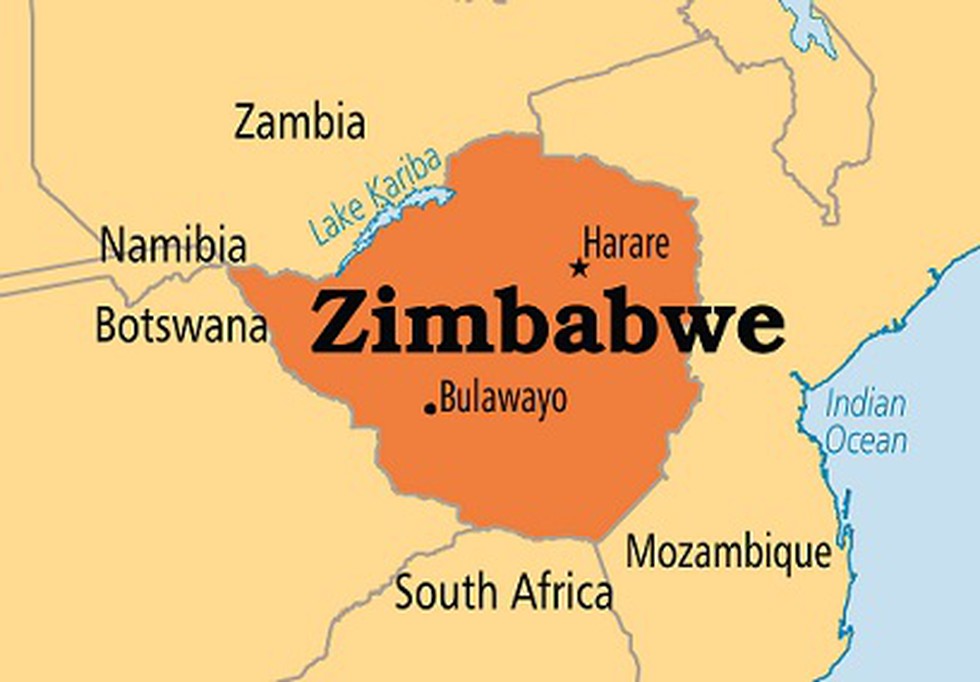
About:
- Robert Mugabe (1924 – 2019) was a Zimbabwean dictator who served as Prime Minister of Zimbabwe from 1980 to 1987 and then as President from 1987 to 2017. Mugabe was a former guerrilla chief who took power after the end of white minority rule in 1980.
- Mugabe was a controversial figure. He was praised as a revolutionary hero of the African liberation struggle who helped free Zimbabwe from British colonialism, imperialism, and white minority rule.
- Critics accused Mugabe of being a dictator responsible for economic mismanagement, widespread corruption, anti-white racism, human rights abuses, and crimes against humanity.
- He was ousted in a military coup in November 2017, ending three decades in power.
Geography of Zimbabwe?
- Zimbabwe is a landlocked country in southern Africa.
- It is bordered by South Africa to the south, Botswana to the west and southwest, Zambia to the northwest, and Mozambique to the east and northeast. Its northwest corner is roughly 150 meters from Namibia, nearly forming a four-nation quadripoint.
- It is between the Zambezi and Limpopo Rivers.
- The capital and largest city is Harare and the second largest being Bulawayo.
- Its highest point is Mount Nyangani at 2,592 m.
- Lake Kariba is the world's largest man-made lake and reservoir by volume. It lies along the border between Zambia and Zimbabwe. Lake Kariba was filled between 1958 and 1963 following the completion of the Kariba Dam at its northeastern end.
Prelims Pointers
Sept. 7, 2019
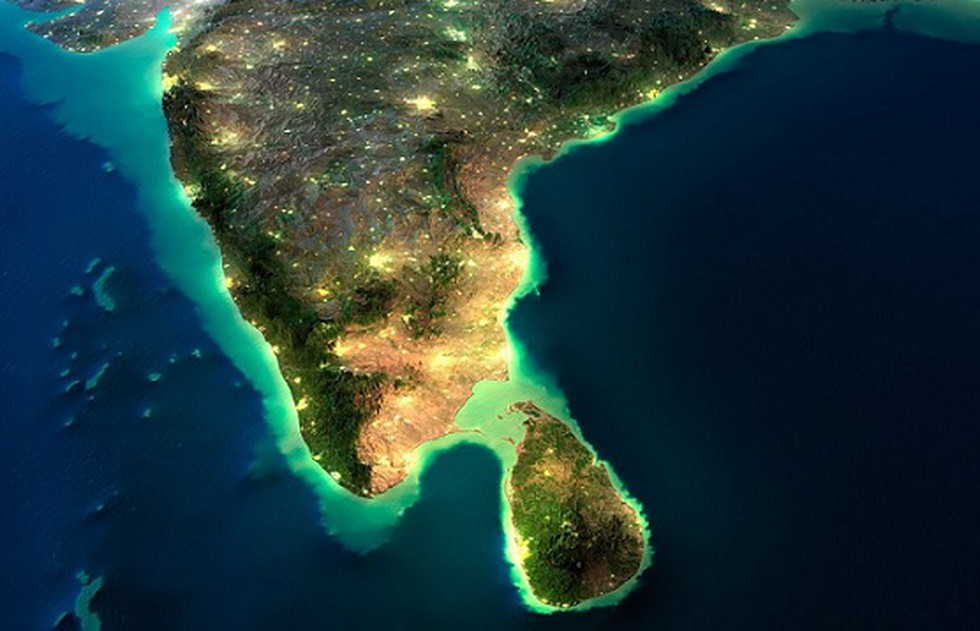
About:
- SLINEX 2019 is a bi-lateral maritime fleet exercise between Navies of India and Sri Lanka.
- The week-long SLINEX 2019 exercise will commence on September 7, 2019. The exercise features wide-ranging naval exercises including helicopter operations.
- Since 2005, six successful SLINEX series of maritime exercises have been conducted. This has helped the two Navies in understanding each other's procedures and contributes towards maritime security in the region.
Prelims Pointers
Sept. 7, 2019
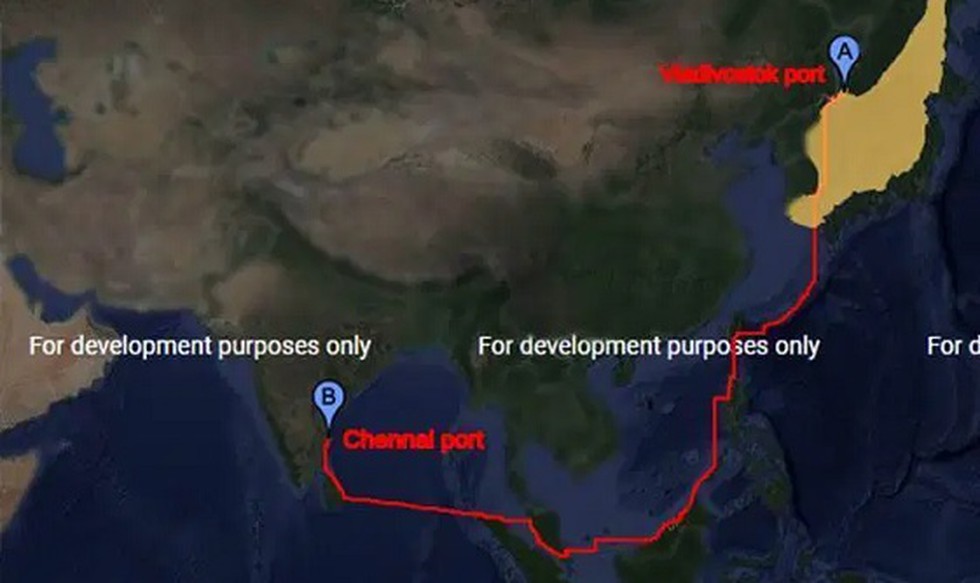
Vladivostok:
- Located on the Golden Horn Bay north of North Korea and a short distance from Russia’s border with China, Vladivostok is the largest port on Russia’s Pacific coast, and home to the Pacific Fleet of the Russian Navy.
- At Vladivostok’s massive port, shipping and commercial fishing are the main commercial activities.
Sea Route From Chennai To Vladivostok:
- An ocean liner travelling from Vladivostok to Chennai would sail southward on the Sea of Japan past the Korean peninsula, Taiwan and the Philippines in the South China Sea, past Singapore and through the Strait of Malacca, to emerge into the Bay of Bengal and then cut across through the Andaman and Nicobar archipelago to Chennai.
- This sea route covers a distance of approximately 5,600 nautical miles, or about 10,300 km. A large container ship travelling at the normal cruising speed of 20-25 knots, or 37-46 km/hour, should be able to cover the distance in 10-12 days.
Significance of this route for India:
- It will ensures connectivity between the two major ports which will give impetus to the cooperation between India and the Russian Far East.
- India is building nuclear power plants with Russia’s collaboration in Kudankulam on the sea coast in Tamil Nadu’s Tirunelveli district. The opening of a sea route will help in the project.
- It will also increase India’s presence in the Indo-Pacific, and especially the South China Sea, a deeply contested patch of the ocean that Beijing considers its stomping ground.
Other key highlights of visit:
- India today announced a line of credit worth one Billion US dollars for the development of the Far East region of Russia. Prime Minister Narendra Modi said this announcement will prove to be a take-off point for India's 'Act Far East' policy.
- He launched the Indo-Russian Innovation Bridge, an online platform to promote joint innovations. This facility is meant to bridge the gap between Indian and Russian startup ecosystems.
- Russia offered joint design and development of conventional submarines through an inter-governmental agreement (IGA) at the delegation-level dialogue.
Prelims Pointers
Sept. 7, 2019
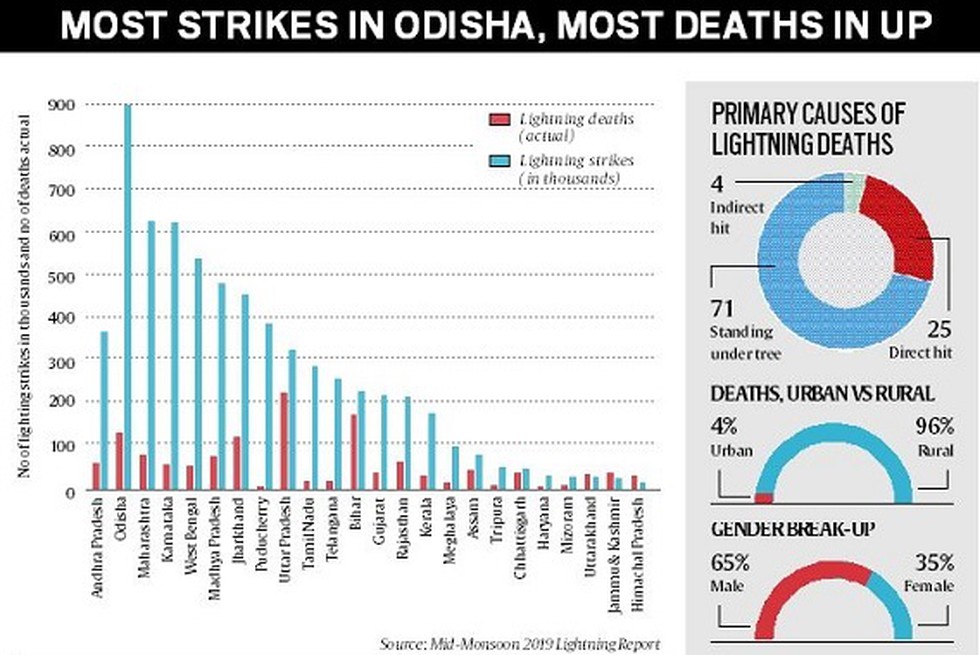
About:
- The report has been prepared by Climate Resilient Observing Systems Promotion Council (CROPC), a non-profit organisation that works closely with India Meteorological Department (IMD).
- It has been prepared by using IMD’s lightning forecasts including Nowcast, Indian Institute of Tropical Management-Pune’s lightning network data, NRSC and ISRO inputs.
- This is for the first time, a report has mapped lightning strikes across the country, and the lives they have claimed. The report is part of an effort to create a database that can help develop an early warning system for lightning, spread awareness, and prevent deaths.
Key findings of the report:
- Incidents: The report counted 65.55 lakh lightning strikes in India during the four-month period between April and July this year.
- Of these 23.53 lakh (36 %) happened to be cloud-to-ground lightning, the kind that reaches the Earth. The other 41.04 lakh (64 %) were in-cloud lightning, which remains confined to the clouds in which it was formed.
- Odisha recorded over 9 lakh incidents of lightning, the maximum for any state.
- Deaths: Lightning strikes have caused at least 1,311 deaths in this four-month period. UP accounted for 224 of these deaths, followed by Bihar (170), Odisha (129) and Jharkhand (118).
Prelims Pointers
Sept. 7, 2019
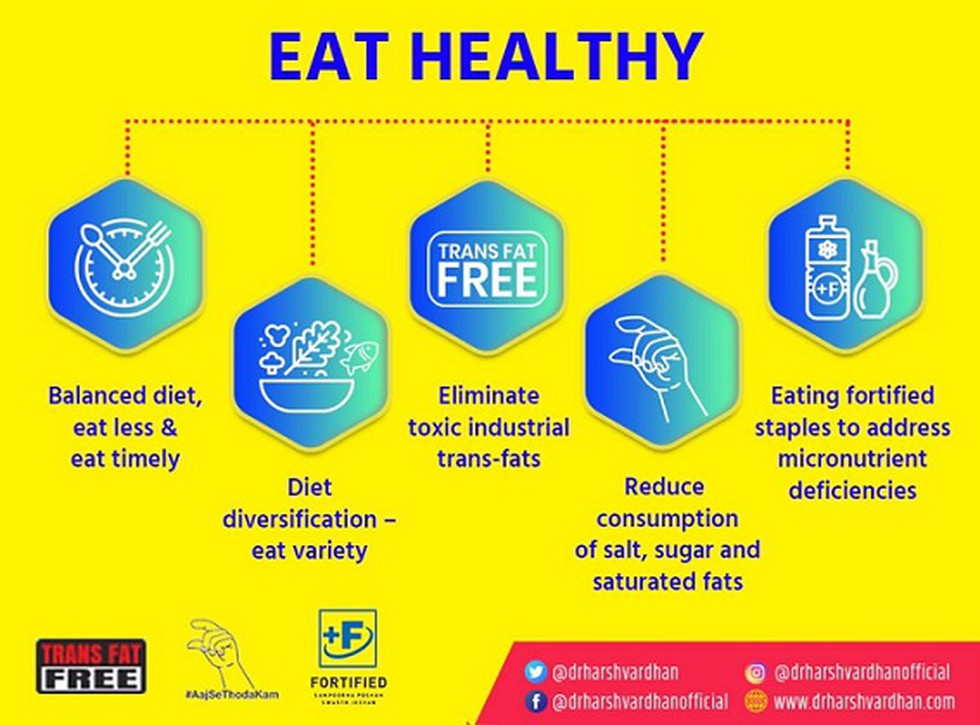
About:
- The Eat Right India Movement is a year-long social and mass media campaign of Food Safety and Standards Authority of India (FSSAI). It is the new healthy eating approach which places citizens at the centre of a Health Revolution through food and fitness.
- The FSSAI has put in place robust regulatory measures under three major pillars: Eat Safe, Eat Health and Eat Sustainably for the programme.
- FSSAI has prescribed a limit for Total Polar Compounds (TPC) at 25% in cooking oil to avoid the harmful effects of reused cooking oil.
- As part of 'Eat Right India' campaign, FSSAI has trained about 1.7 lakh food safety supervisors for capacity building under the Food Safety Training and Certification (FoSTaC) initiative. They will sensitise people and food vendors on food safety.
- This movement is aligned with the government’s flagship public health programmes such as POSHAN Abhiyaan, Anemia Mukt Bharat, Ayushman Bharat Yojana and Swachh Bharat Mission as well as the ‘Fit India' Movement', recently launched by PM Modi.
Prelims Pointers
Sept. 7, 2019
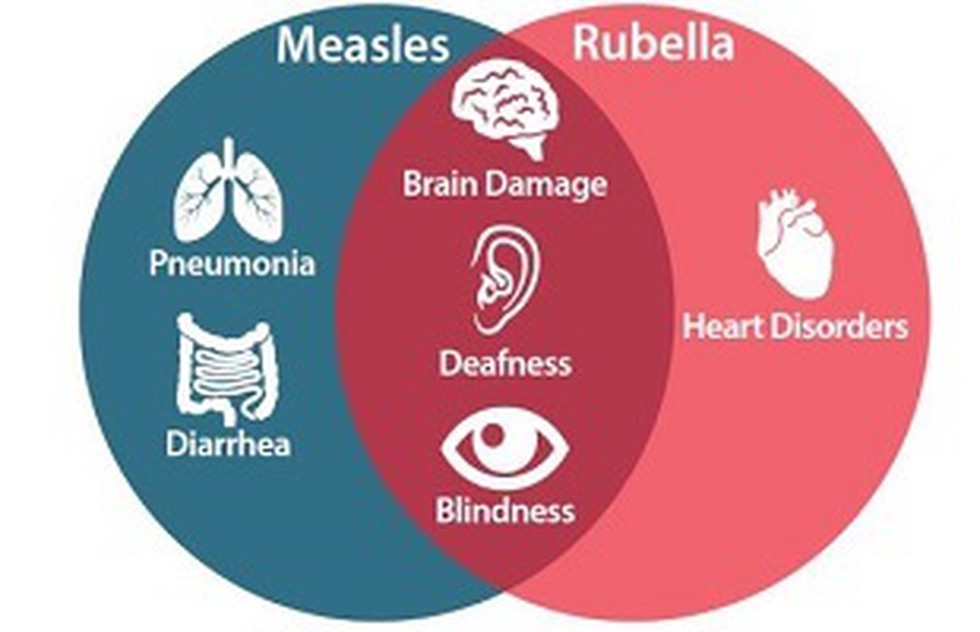
About:
- The resolution to eliminate measles and rubella from the region was adopted at the 72nd session of the WHO Regional Committee for South-East Asia in Delhi.
- Eliminating measles will prevent 500,000 deaths a year in the region, while eliminating rubella/ congenital rubella syndrome (CRS) would avert about 55,000 cases of rubella.
- Measles elimination and rubella control has been a regional flagship priority since 2014.
- Bhutan, North Korea, the Maldives, Sri Lanka and Timor-Leste have eliminated measles.
- Bangladesh, Bhutan, the Maldives, Nepal, Sri Lanka and Timor-Leste have controlled rubella.
- Bhutan, North Korea, the Maldives, Sri Lanka and Timor-Leste have eliminated measles.
- Measles (also known as Rubeola): Infection with Measles is followed by high fever, rash that spreads over the body, cough, running nose and red watery eyes.
- Rubella (also known as German Measles): Infection with Rubella is followed by rash and low fever. It may be associated with swelling of lymph node and joint pain. The emergence of these rashes is far less bright than that of the measles.
- Congenital rubella syndrome (CRS): Rubella infection in pregnant women may have serious consequences causing miscarriages, stillbirths or severe birth defects known as congenital rubella syndrome (CRS).
Prelims Pointers
Sept. 7, 2019

About:
- Centralised Technology Vertical (CTV) would be set up under the CBI at a cost of ₹99 crore to facilitate real-time information sharing with investigators across the country.
- The CTV would provide real-time support in investigation with access to data warehouses, equipped with big data analytics, data mining tools to handle complex financial crimes, like 2G scam, coal block irregularities, Ponzi schemes and capital market scams.
- The CTV would be functional by 2020. Former CBI Director Anil Sinha had mooted the proposal for CTV in 2015.
Prelims Pointers
Sept. 7, 2019
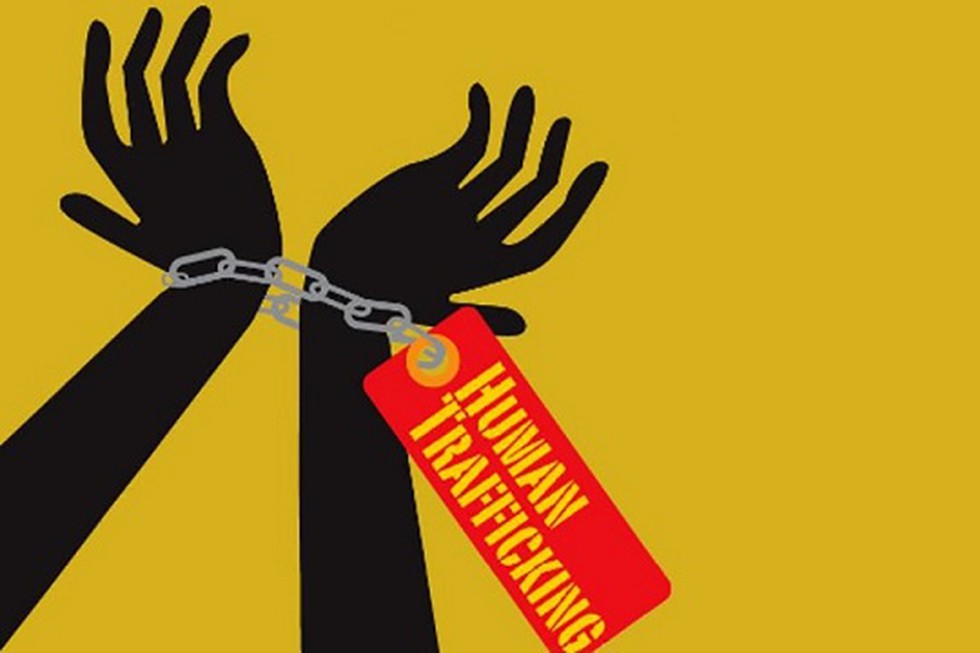
About:
- The study was conducted by Snigdha Sen, a researcher, on the profile of persons accused in trafficking in 198 human trafficking cases registered between 2008 and 2018 in West Bengal and Andhra Pradesh.
- Key Findings of the study:
- One-third, or 162 out of 429 traffickers (accused in cases of trafficking) are female.
- 50% accused in these cases are from the age group of 25 to 45 years.
- It is believed that in many cases family members are involved in trafficking. That does not hold true in this research. Of the 429 traffickers, only in 30 were the accused family members, including from the extended family.
- The largest group of the traffickers (34%) were neighbours, while 31% were completely unknown to the survivors.
- Of the 198 cases analysed, only one trafficker from the source area was convicted. Lack of legal support to survivors and a prolonged trial give impunity to traffickers in many cases.
- One-third, or 162 out of 429 traffickers (accused in cases of trafficking) are female.
The last published report of the National Crime Record Bureau (NCRB) for 2016 recorded 8,132 cases of human trafficking in the country, of which 3,579 cases (around 44%) were from West Bengal alone.
Prelims Pointers
Sept. 7, 2019
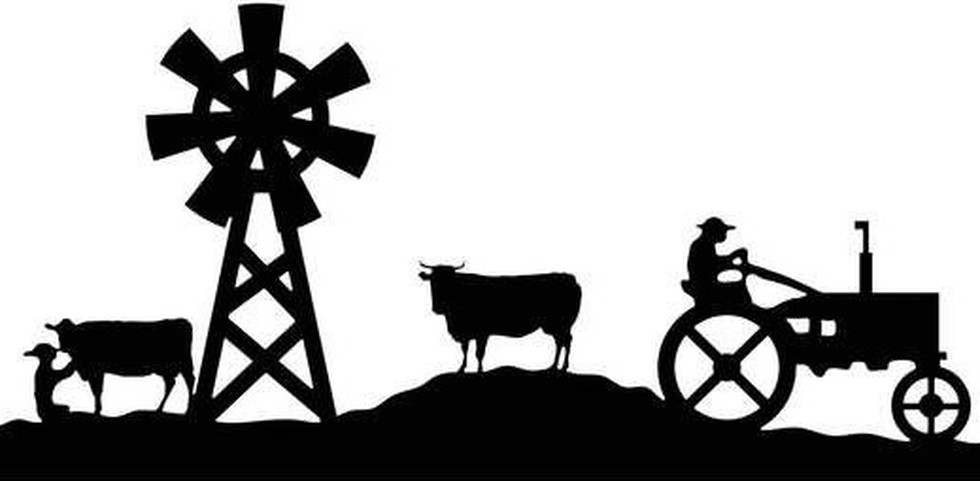
About:
- Background: The NERAMAC Limited was incorporated in the year 1982.
- Location: Its registered office is located at Guwahati.
- Status: It is a Government of India Enterprise operating under the administrative control of the Ministry of Development of North Eastern Region (DoNER).
- Mandate: NERAMAC is a pioneer marketing organization in the field of Agri-Horti sector of the North-eastern region, involved in supporting farmers right from the fields and upto the markets to the end consumers through registered FPO/FPCs.

